
CZ-503 Deck Mounted Chromed Br
Yuanjing Intelligent Single Post Sensor Faucet combines high functionality and c...
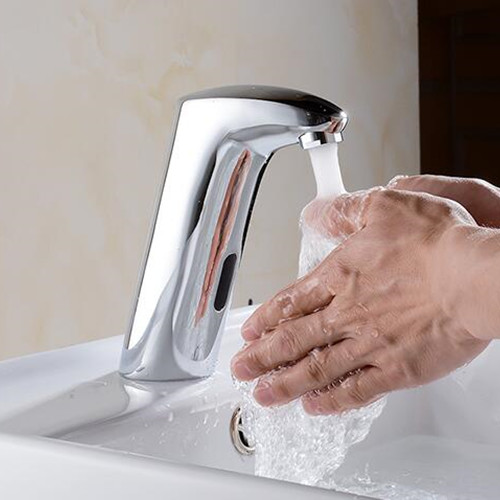
F-813 Bathroom Touchless Elect
Gorency is one of the best professional manufacturer of automatic contactless se...
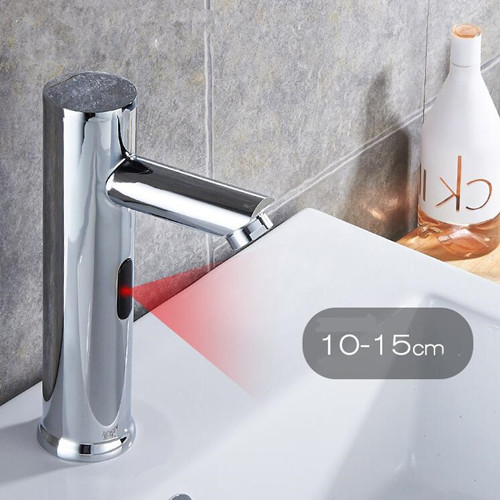
CZ-509 Hands Free Automatic Se
Equipped infrared convergence-type proximity sensor with customizable features, ...
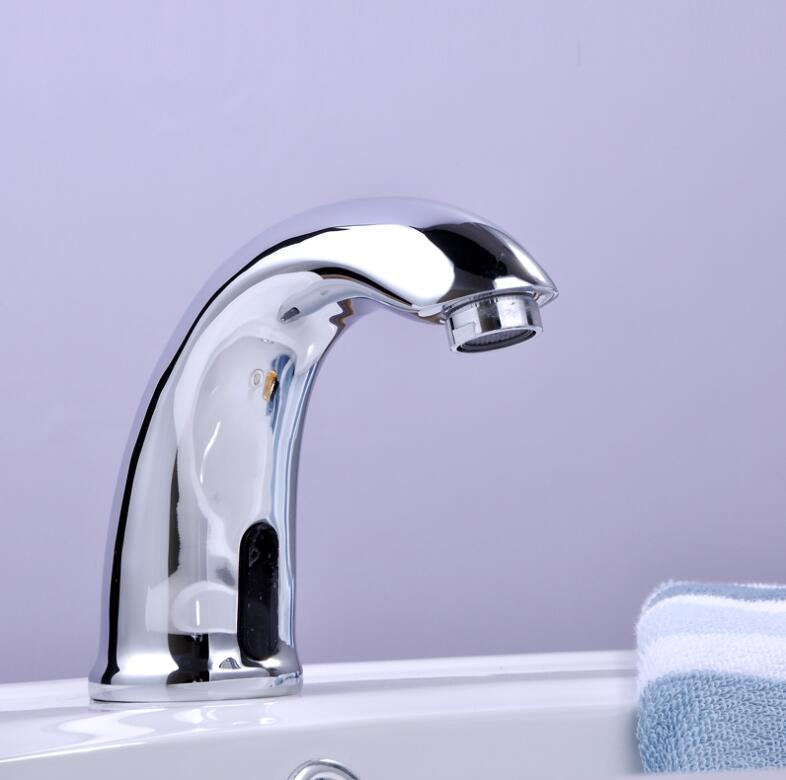
CZ-5010 Electronic Automatic I
Each faucet has passed the water test 100%. The ceramic valve core has more than...
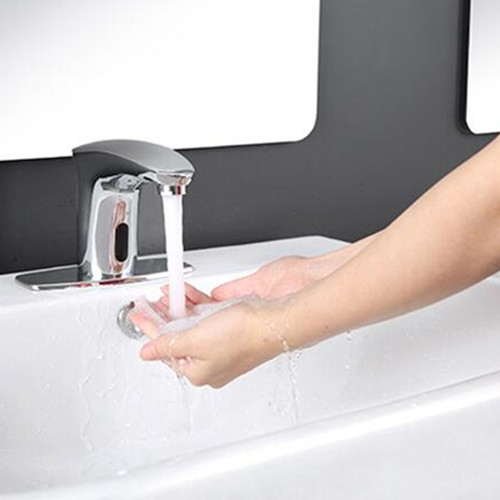
CZ-5012 Smart Bathroom Hand Wa
Each faucet has passed the water test 100%. The ceramic valve core has more than...
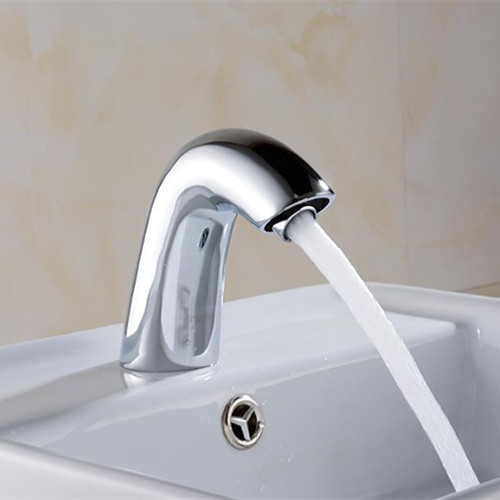
CZ-5018 Bathroom Sink Water Fa
Each faucet has passed the water test 100%. The ceramic valve core has more than...
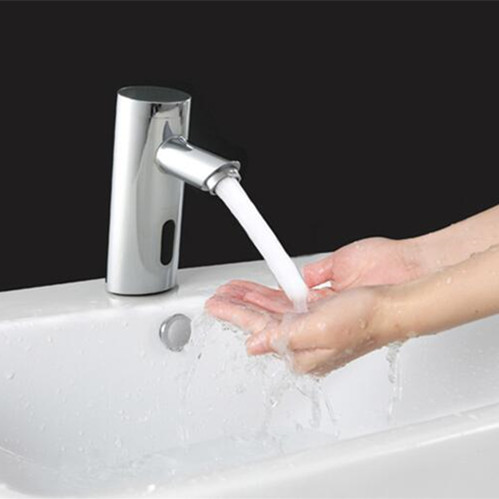
CZ-5019 Battery Power Automati
Each faucet has passed the water test 100%. The ceramic valve core has more than...
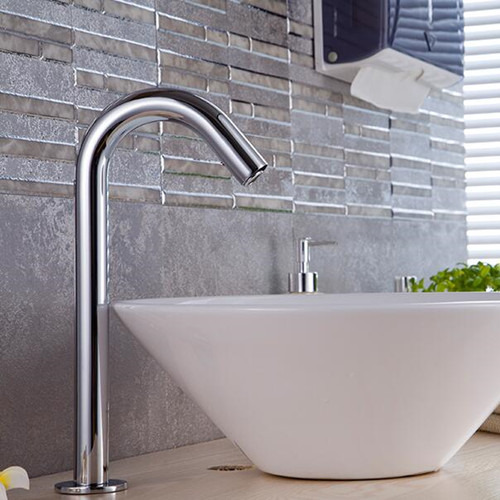
F-816 Kohler Touchless Bathroo
Deck mount electronic sensor faucet with polished chrome plated brass body with ...
Contact: Kevin Hou
Phone: 86-15067739232
Tel: 86-577-27880251
Email: kevin@trutes.com
Add: Lvao Industrial Park, Liushi Town, Wenzhou City, Zhejiang Province China 325604